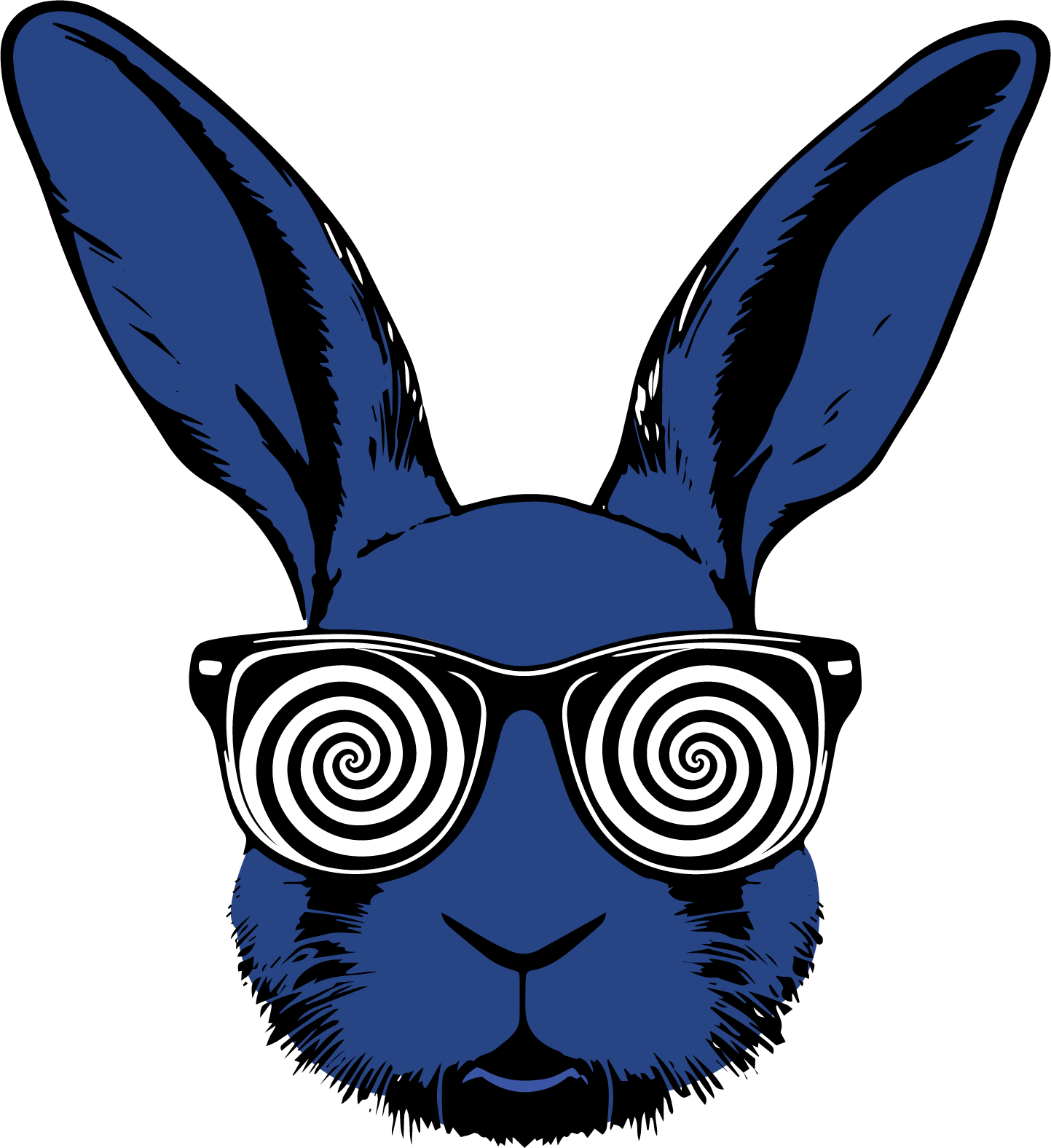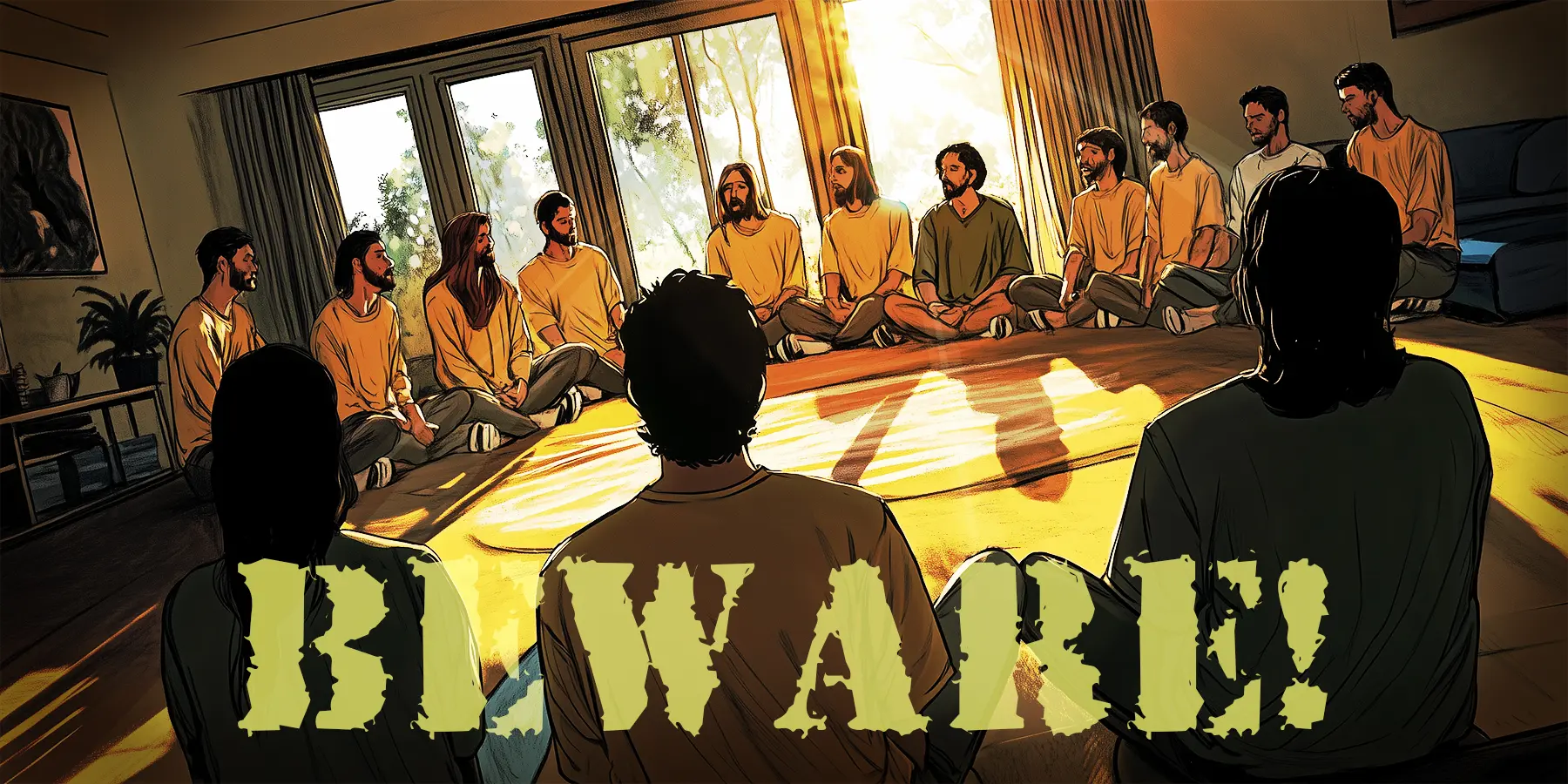Werewolves have prowled through folklore for centuries—howling at the moon, transforming before terrified eyes, and leaving claw marks on everything from medieval trial records to modern movie screens. But what if we turned a cold forensic lens on this ancient legend? What does science say about the possibility of human-to-wolf transformation—and why do we still love these stories even when we know they’re impossible?
Let’s investigate the case of lycanthropy from both a cultural and scientific perspective, where superstition meets the scalpel.

Global Legends and the Anatomy of a Myth
Before forensics, there was fear. And those fears took shape in stories—tales of humans morphing into wolves or beasts to stalk the night. These myths weren’t just scary bedtime tales; they were cultural frameworks that helped communities explain the unexplainable—murders, disappearances, madness.
Europe: The Curse of the Beast
European werewolf legends flourished during the Middle Ages, especially in France and Germany. Here, lycanthropy was often tied to witchcraft, with “wolf-men” said to prowl the countryside under demonic influence. Forensic pathology didn’t exist then, so mysterious deaths or mutilated livestock often pointed fingers at a supposed werewolf.
Science says: In many of these cases, the real culprits were likely wolves, serial killers, or misunderstood illnesses—but communities, lacking forensic tools, saw only supernatural causes.
Native America: Shape-Shifters with Purpose
In contrast, Native American cultures like the Navajo believe in skinwalkers—witches or shamans who can shift into animals. These transformations weren’t always evil; sometimes, they served to protect the tribe or enforce spiritual balance.
Science says: Psychological conditions such as dissociative identity disorder or delusional misidentification syndromes may have influenced these narratives—but their sacred meaning within the culture isn’t easily dismissed.
South Asia and the Middle East: Divine Deception
In Indian mythology, shape-shifters like the rakshasas could alter their form for good or evil. In the absence of modern psychiatry or criminal profiling, these myths gave supernatural form to deception, violence, and fear.

When Legends Go on Trial: Historical Lycanthropy Cases
In an age without DNA tests or criminal profiling, fear ruled the courtroom. History is filled with tragic cases where forensic science could’ve saved lives—but instead, legends led the way.
- Peter Stumpp (1589): The “Werewolf of Bedburg”
- This German farmer confessed under brutal torture to wearing a magical belt that turned him into a wolf. The details were gory—but many now suspect he was a scapegoat for a series of unsolved murders. Without forensics, suspicion became damnation.
- Gilles Garnier (1573): The Cannibal of Dole
- Another brutal case from France. Garnier was executed for murdering and eating children—his guilt “proven” by linking him to werewolf attacks. Modern profiling might have labeled him a psychopath, but he died as a beast in the public eye.
- Thiess of Kaltenbrun (1691): The Heroic Wolf
- In a rare twist, Thiess claimed to be a werewolf who fought witches in Hell to protect the living. He was praised as a folk hero, suggesting that context—and public perception—played a massive role in whether lycanthropy was seen as a curse or a calling.
Lunacy, Madness, and the Moon’s Mythical Grip
The link between the moon and madness is one of the oldest in the book. The word “lunacy” stems from luna, and ancient cultures believed the full moon could tip the human mind toward chaos—especially the kind that might drive someone to howl.
Clinical Lycanthropy: A Real Psychological Disorder
Today, psychologists recognize clinical lycanthropy, a rare delusional disorder where individuals believe they are turning into animals—most often wolves. MRI scans and psychiatric studies have suggested these individuals experience altered perceptions in brain regions associated with body identity.

The Forensic Breakdown: Why Human-to-Wolf Transformation Is Impossible
Let’s get technical. The idea of shapeshifting into a wolf might look amazing on screen, but from a forensic and biological standpoint, it’s pure fiction. Here’s why:
- Skeletal System
- A wolf’s skeletal structure is built for quadrupedal motion. To morph into a wolf, the human skeleton would need to completely break down and reform—fracturing limbs, elongating spines, reshaping skulls. This would result in massive trauma incompatible with life.
- Nervous System & Pain
- The nerve endings in your body would be torn, stretched, and severed during any such transformation. Pain receptors would overload, leading to shock or death. Any myth of a quick, seamless shift? Total fantasy.
- Muscles, Organs & Movement
- Human organs are specialized. Turning into a wolf would require your heart, lungs, liver, and digestive system to rearrange themselves instantly—an impossible feat that would result in internal bleeding and death.
- Skin & Hair
- The growth of a full coat of fur would require changes down to the follicular level. Not only would your skin rip under pressure, but it would have to regenerate an entirely new external system in seconds. Science says: Nope.

Transformation Trauma: What If It Actually Happened?
Okay, let’s suspend disbelief for a moment. Suppose a transformation could occur—what would it feel like?
- Agonizing Pain: Your bones break and reform. Every joint pops, stretches, and tears.
- Muscle Shredding: Switching from walking upright to running on all fours would tear ligaments and muscles beyond repair.
- Neurological Overload: Suddenly experiencing enhanced hearing, smell, and night vision? That’s sensory chaos. Your brain wouldn’t cope—it’d shut down.
Why We Still Love Werewolves: Science Can’t Kill the Myth
So if the science is clear, why do we still love lycanthropy?
Because it’s not really about wolves.
It’s about power, loss of control, and what lies beneath the surface. Werewolves are a metaphor for the untamed part of ourselves—the animal instinct we try to bury beneath civilization.
They tap into our primal fears:
- What if we aren’t as evolved as we think?
- What if the beast is just a heartbeat away?
In books, movies, conventions, and Halloween costumes, the werewolf legend lives on, unchained from biology and running wild through our imaginations.

Conclusion: The Scientific Limits and Cultural Immortality of Lycanthropy
Forensic science has ripped the mask off the myth—no, a human can’t survive a transformation into a wolf. But lycanthropy still thrives as a psychological condition, a cultural lens, and an eternal horror symbol.
It reminds us that even in the age of reason, some beasts still hide inside us—waiting for the right story, the right fear, or the right full moon to come back to life.




